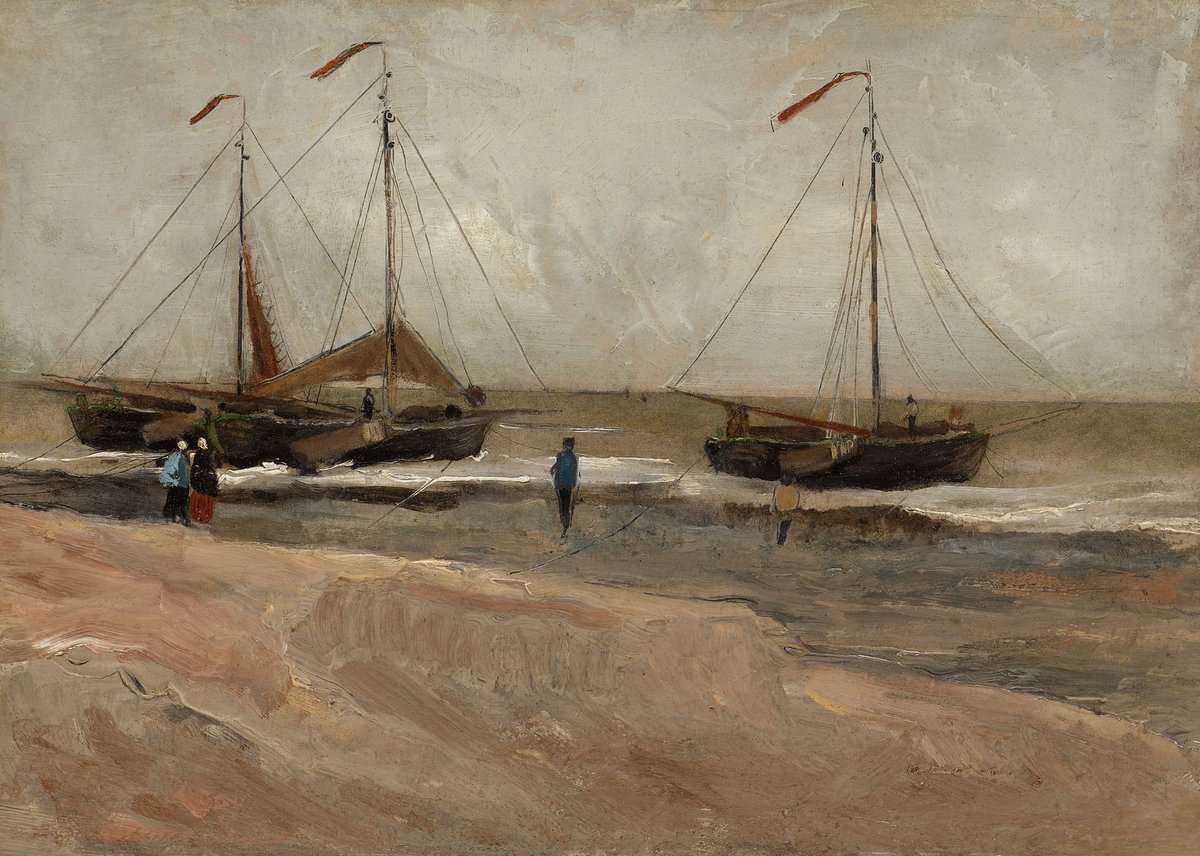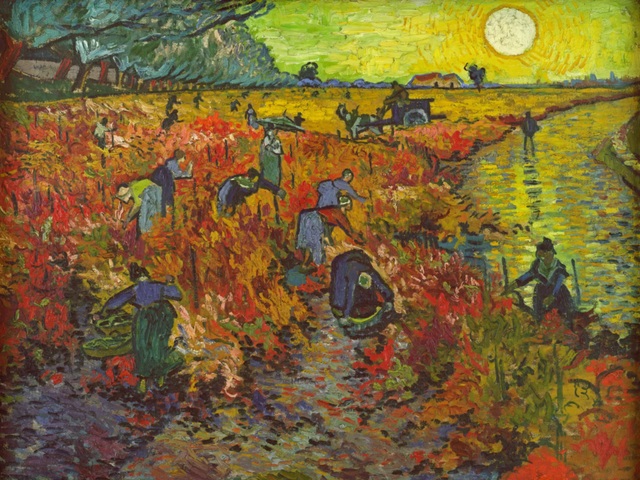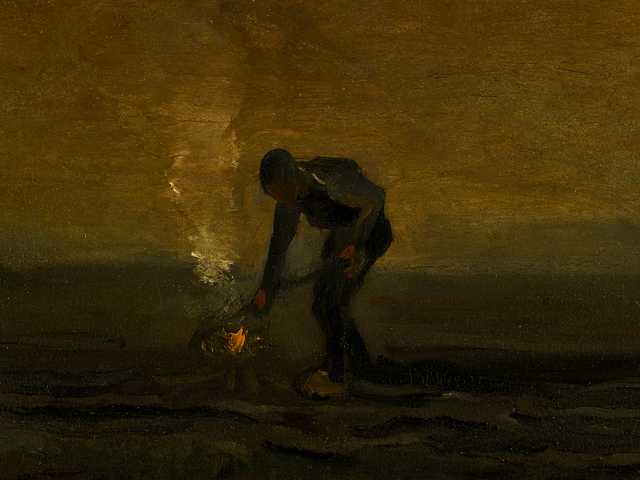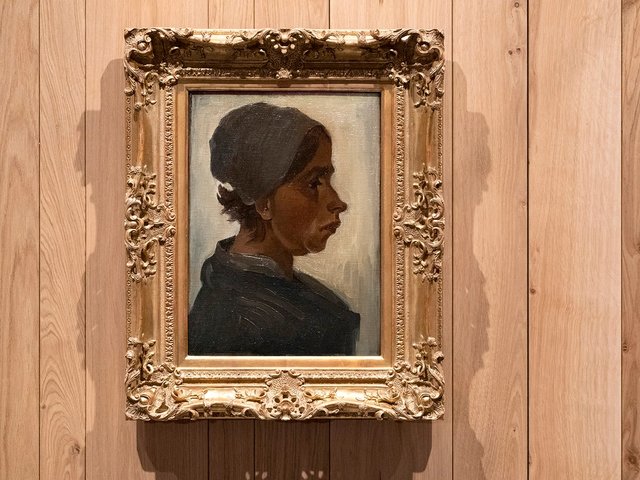Van Gogh’s early seascape, Beach at Scheveningen in Calm Weather (August 1882), was auctioned for $2.8m at Sotheby’s, New York on 14 November. It is an important picture, since it is the artist’s earliest oil landscape, painted at the fishing village of Scheveningen, near The Hague. It was done on the beach, not in the studio, and this is confirmed by grains of sand embedded in the paint.
But Beach at Scheveningen in Calm Weather is also fascinating for a very different reason. Its survival is almost miraculous, since it was among at least 40 paintings which Vincent abandoned when he left the family home in the village of Nuenen, in the south of the Netherlands. In November 1885 he set off for Antwerp and three months later he would move to Paris.
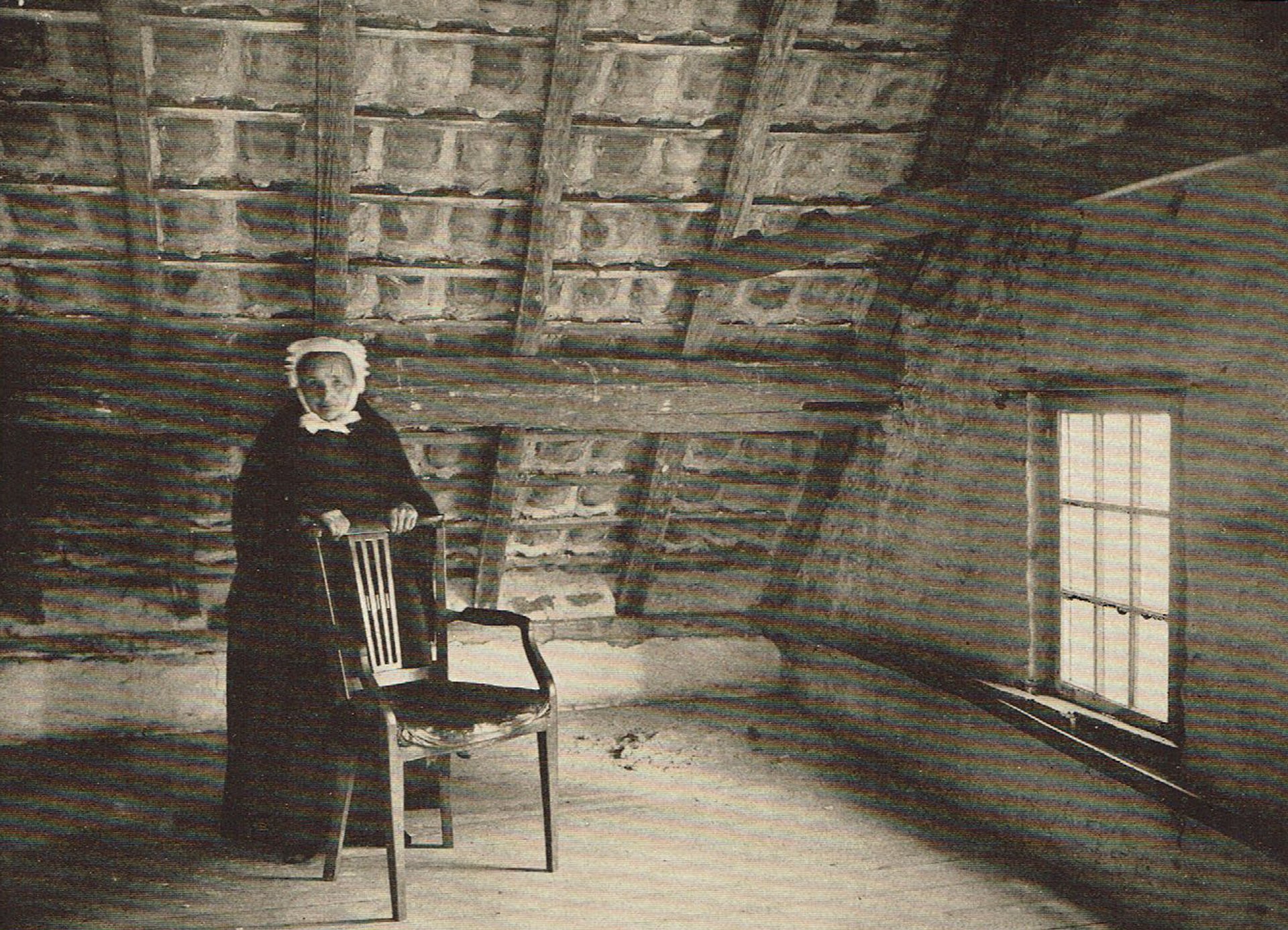
Van Gogh’s former studio in Nuenen, in the house of Johannes Schafrat (early 1920s photograph), published in Benno Stokvis, Nasporingen: Omtrent Vincent van Gogh in Brabant, 1926
In March 1886, Vincent’s mother Anna and sister Wil also left Nuenen, moving 70km away to Breda. The two women then had Vincent’s paintings put into a crate and stored by a Breda remover and carpenter, Adrianus Schrauwen.
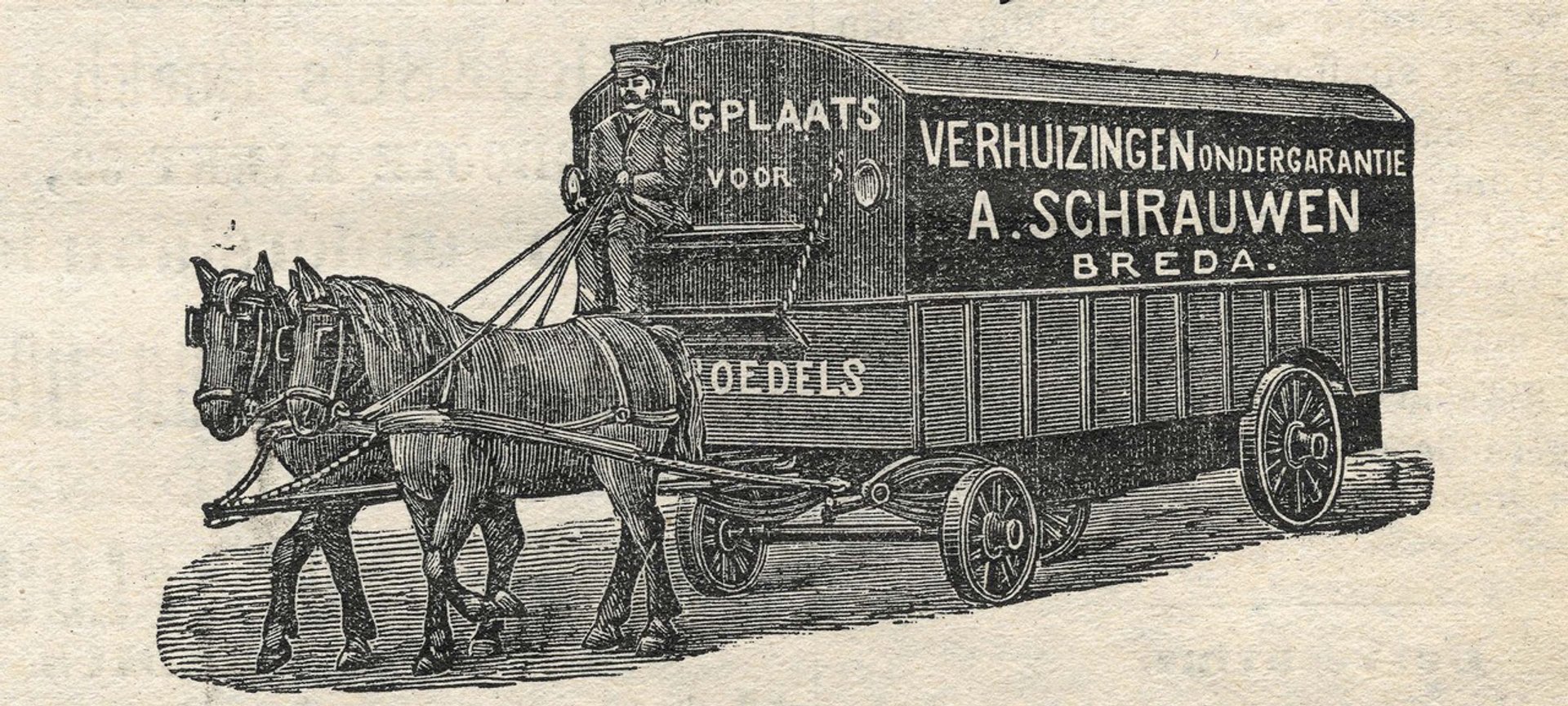
Advertisement for Adrianus (Janus) Schrauwen, Bredasche Courant (1908), reprinted in Ron Dirven and Kees Wouters, Vincent van Gogh: Het Mysterie van de Bredase Kisten (2003)
Vincent had not forgotten about the works and in June 1888 he wrote to Wil: "It might still be worth while salvaging anything any good from the junk of mine which, so [his brother] Theo says, is still somewhere in an attic in Breda.” His request was apparently not followed up and the following year Anna and Wil moved again, to Leiden, leaving behind the crate with Schrauwen.
In April 1890 Vincent once more wrote to his mother and sister: “Do you still happen to have any of my old studies and drawings? Even if they’re no good in themselves, they can refresh my memory and provide information for new work… But it’s not important enough for you to spend a long time looking for them.” Three months later Vincent committed suicide.
The Van Gogh family did nothing about the crate for well over a decade—and then a tangled tale emerged. On approaching Schrauwen in 1903, they were told that he had stored the crate until the previous year, when he had sold the contents to a Breda junk dealer, Johannes (Jan) Couvreur.
Couvreur reported that he had bought at least 40 paintings for a total of one guilder (then equivalent to around US50¢). After this, the works were sold on to Kees Mouwen, who ran a clothing shop in Breda, and his cousin Willem van Bakel. In 1903, the importance of the paintings was finally appreciated, when they were bought from these two men by the Rotterdam art dealer Christiaan Oldenzeel, who then mounted a Van Gogh exhibition.
Among the paintings in the crate was Beach at Scheveningen in Calm Weather. Oldenzeel quickly sold the picture and, after spending most of the 20th century with a series of Dutch collectors, it went to America in around 2010.
The seascape was then loaned to a venue that was hardly accustomed to displaying Van Goghs: the Minnesota Marine Art Museum in Winona. Presumably the picture was owned by a publicly spirited local collector, who eventually consigned it to Sotheby’s.
Beach at Scheveningen in Calm Weather is Van Gogh’s fourth earliest surviving oil painting (the other three are still lifes). Vincent had written to Theo in August 1882 to say that he found working with oils “very appealing on account of it being a powerful means of expression”.
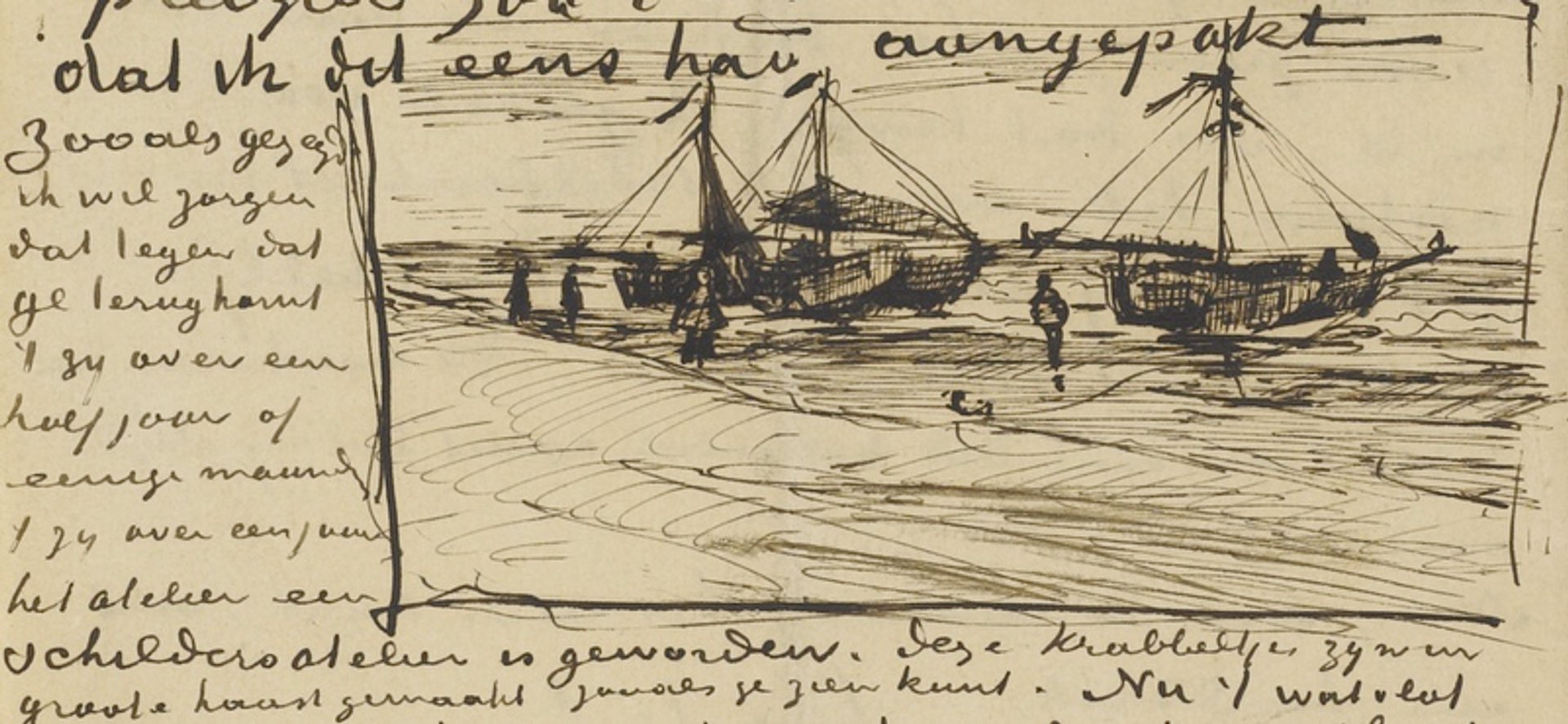
Vincent’s letter to Theo of 10-11 August 1882, with a sketch of Beach at Scheveningen in Calm Weather Credit: Van Gogh Museum, Amsterdam (Vincent van Gogh Foundation)
Vincent added in his letter: “[I] marched off to the beach this morning, and have just got back with a fairly large painted study of sand, sea and sky, and a few fishing-boats and men on the beach. There’s still dune sand in it.” This modest seascape would be a precursor of the powerful landscapes that he painted in Provence, just six years later.
Other Van Gogh news:
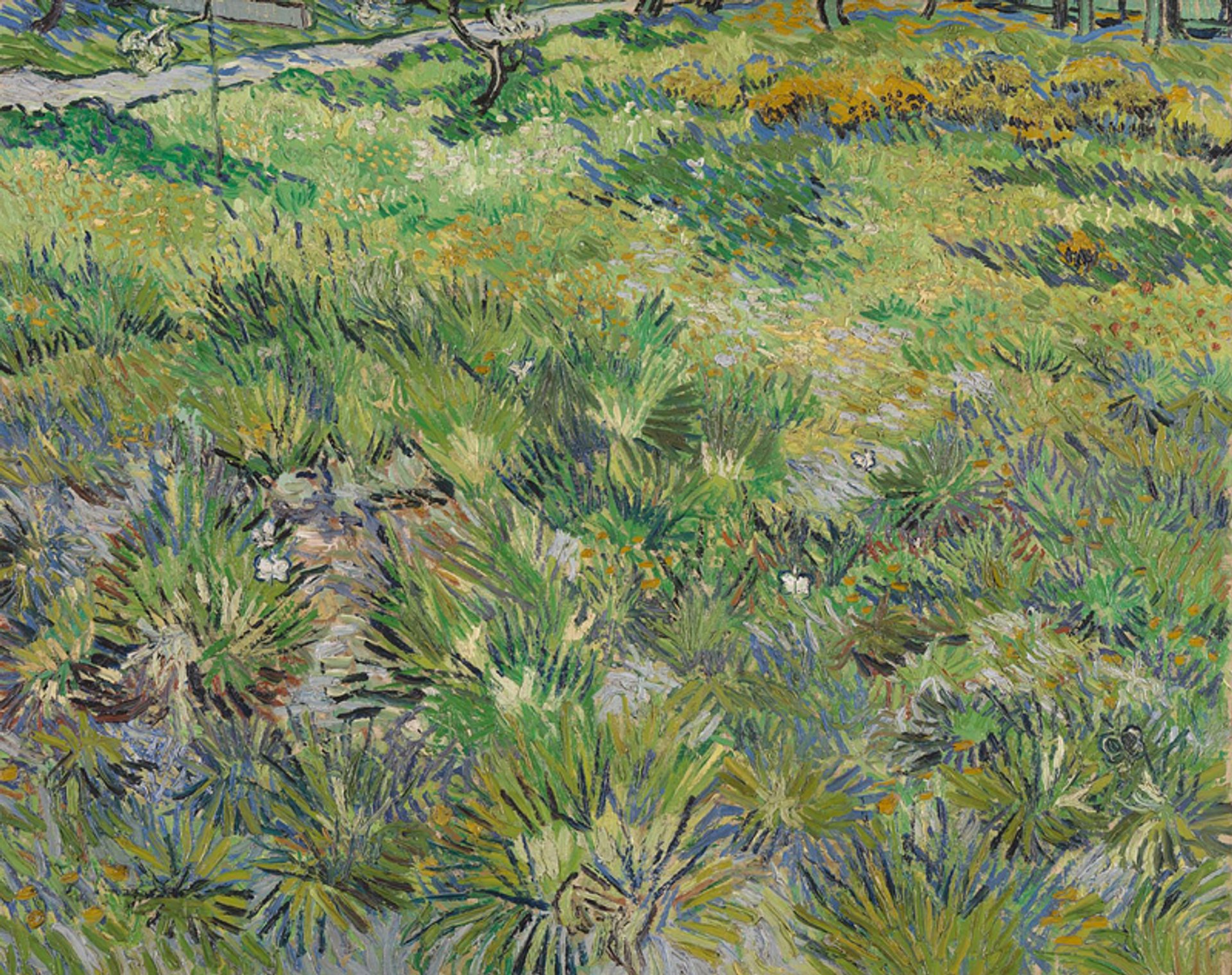
Van Gogh’s Long Grass with Butterflies (April 1890) Credit: National Gallery, London
• London’s National Gallery is to send 52 of its paintings on tour in China, with the lead image being Van Gogh’s Long Grass with Butterflies (April 1890). Other works are by Raphael, Caravaggio, Rembrandt, Canaletto, Constable, Turner and Monet. The first venue for Botticelli to Van Gogh: Masterpieces from the National Gallery will be the Shanghai Museum (17 January-7 May 2023), with two further venues yet to be announced. The tour will raise funds for the London gallery.
• Alan Turnbull’s book Who Shot Van Gogh? Facts and Counterfacts about the World’s Most Famous Artist has just been published by Thames & Hudson. The book asks, where does truth lie and myth begin? Presenting a collage of succinct facts and “counterfacts”, short extracts in thematic chapters are drawn from a wide variety of sources: fellow artists, friends and family, doctors and psychoanalysts, actors and writers, theorists, crackpots and scholars. An intriguing read, the book raises questions, rather than answering them.


